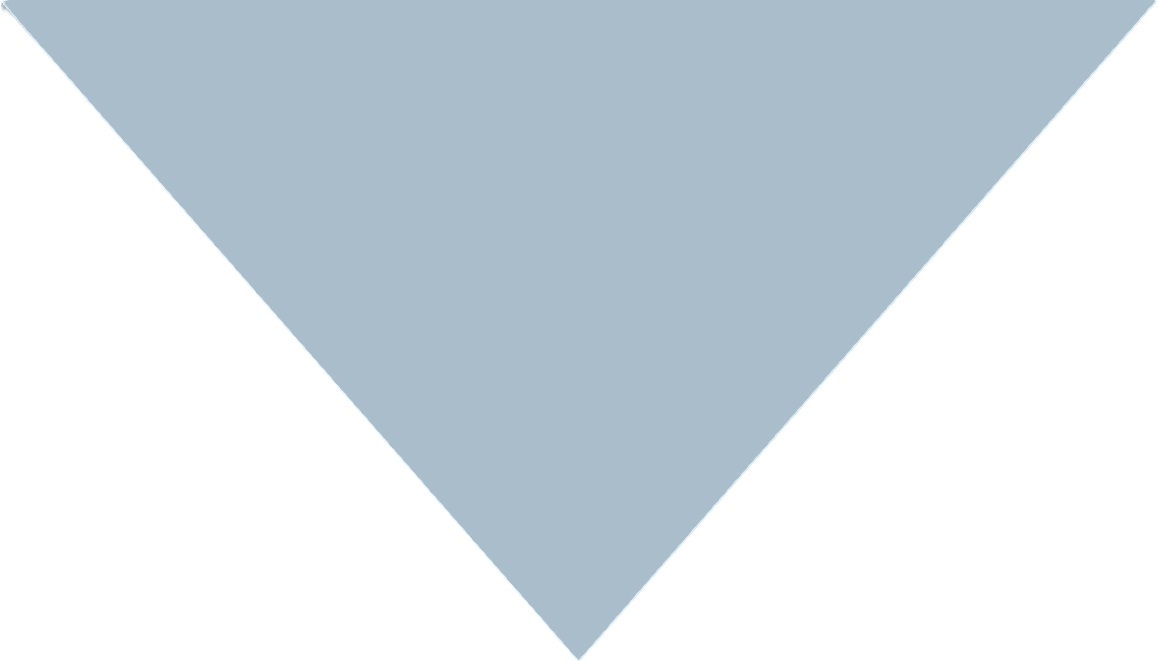Androgenetic alopecia (AGA) is a hereditary hair loss caused by androgens. It is the most common type of hair loss today. It affects up to 80% of men and 50% of women and develops gradually throughout life.
There is an international classification of AGA for men according to Hamilton-Norwood and for women according to Ludwig, which show in detail all the degrees of hair loss. These classifications help determine the treatment and the need for hair transplantation.
There is an international classification of AGA for men according to Hamilton-Norwood and for women according to Ludwig, which show in detail all the degrees of hair loss. These classifications help determine the treatment and the need for hair transplantation.
Male pattern baldness

For men, baldness begins at the hair growth line (frontal and temporal zone) and progresses to the top of the head. Gradually, thinning of the hair in the area of the crown is observed and a bald spot is formed. Later on, the zones of baldness are merging, and the hair growth zone in the back of the head remains, where the hair is free from the influence of DHT.
Female pattern baldness

For women, thinning and loss of hair begins in the area of the partition, and it gradually intensifies to cause severe thinning.
What reasons trigger androgenetic alopecia
The hair follicle under the influence of DHT undergoes changes and gradually decreases in size - this process is called "follicle miniaturization”. A terminal hair of normal thickness turns into a downy hair, and then it can no longer grow at all.
What reasons trigger androgenetic alopecia
- Excessive levels of the sex hormone dihydrotestosterone (DHT);
- Increased sensitivity of hair follicles to DHT;
- Increased activity of 5-alpha reductase enzyme.
The hair follicle under the influence of DHT undergoes changes and gradually decreases in size - this process is called "follicle miniaturization”. A terminal hair of normal thickness turns into a downy hair, and then it can no longer grow at all.
How to diagnose AGA
- Conduct trichoscopy in order to detect miniaturized follicles and hair thinning. These signs will only be visible in the frontal, vertex, and crown area, while hair thickness in the back of the head will remain normal;
- Determine the level of DHT in the blood, in case of concomitant complaints. With further consultation with gynecologists and andrologists for the prescription of therapy to correct the level of androgens.
These indicators together will help to understand the full picture and distinguish AGA from telogen effluvium.
Treatment of AGA
- External therapy. It consists in the application of lotions and serums that stimulate hair growth, and which contain 5-alpha-reductase blockers.
- Minoxidil (a vasodilator that stops hair loss and stimulates the growth of new hair). The concentration and frequency of use is determined by the physician depending on the stage of AGA.
- Tableted 5-alpha reductase blockers. Can only be taken after a physician's consultation.
- Plasma therapy and mesotherapy of the scalp. These are some of the most efficient methods of treating AGA. Frequency and composition of the drugs are determined by a physician after a face-to-face consultation.
- If necessary, additional methods of treatment are prescribed: darsonval, laser therapy, phototherapy and microcurrent therapy. For comprehensive treatment and maximum effect.
As opposed to diffuse hair loss, androgenetic alopecia is more difficult to treat. Therefore, it is important to start treatment in time, and the probability of recovery will be 80-90%.
If thinning of the hair is severe and treatment does not completely restore the hair, it is worth considering hair transplantation.
If thinning of the hair is severe and treatment does not completely restore the hair, it is worth considering hair transplantation.










